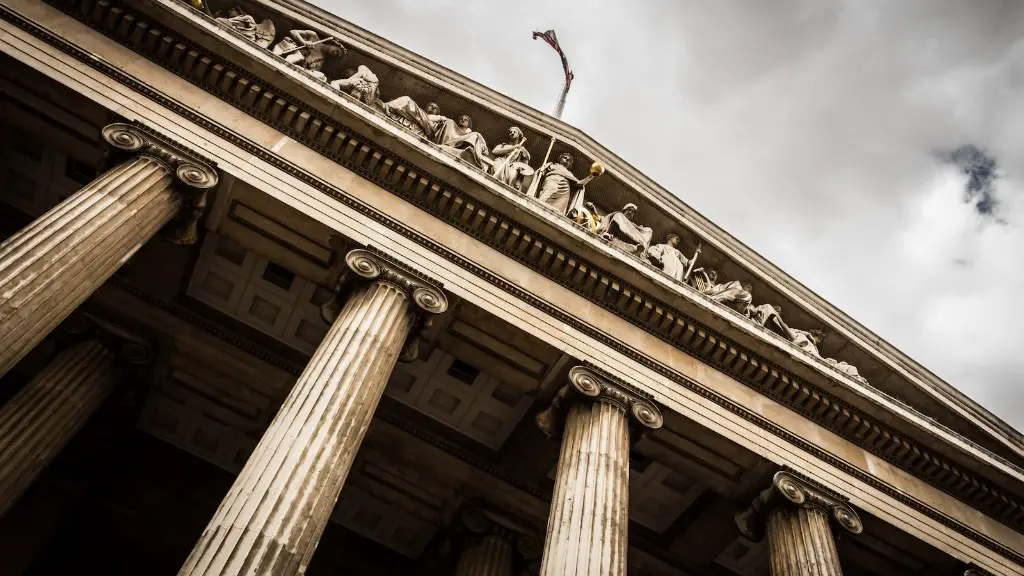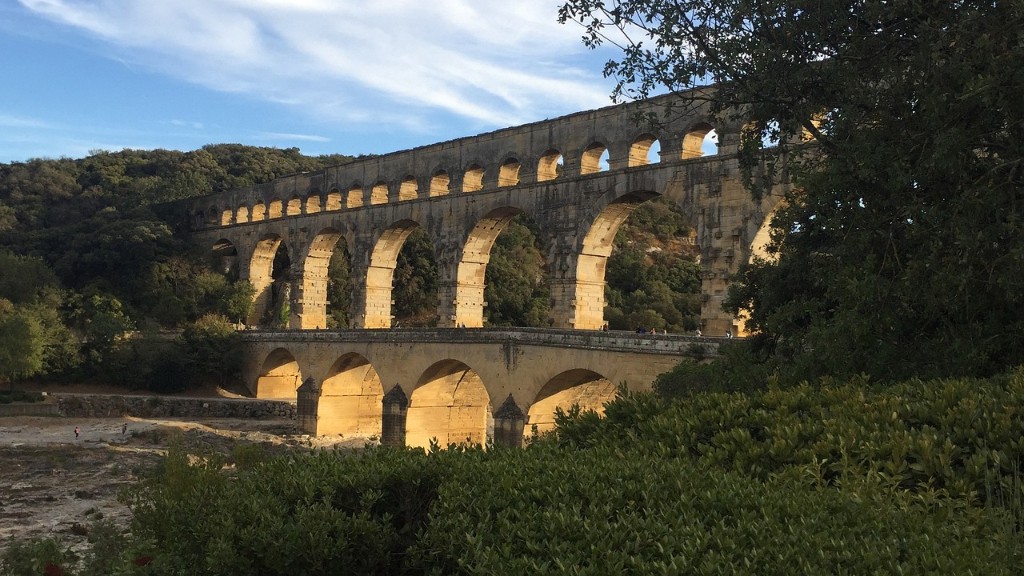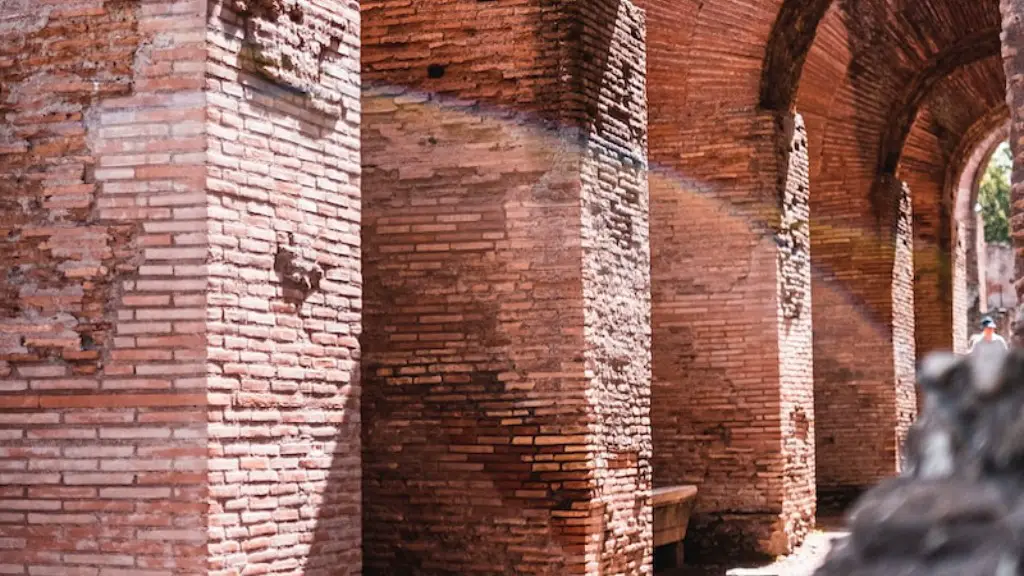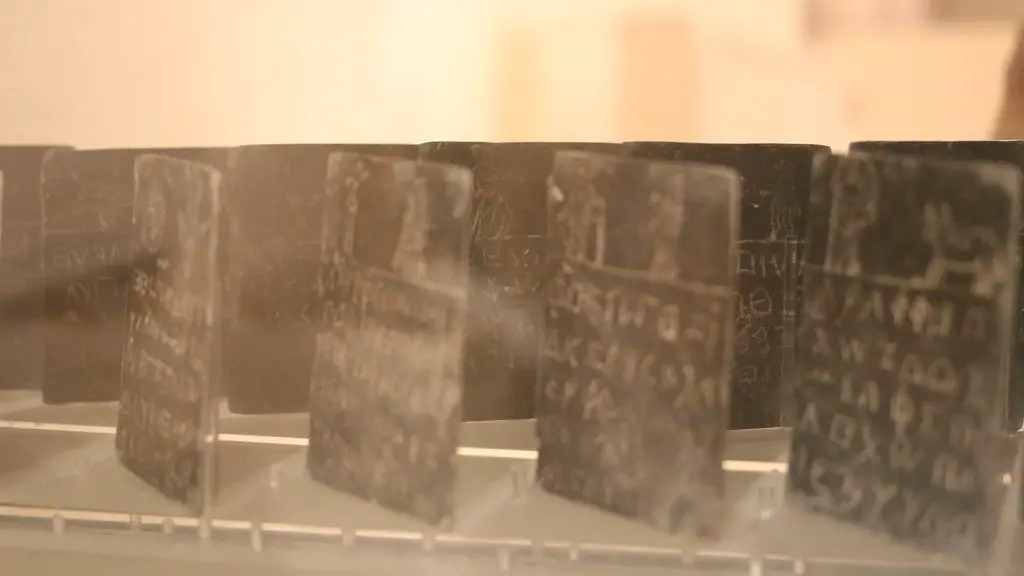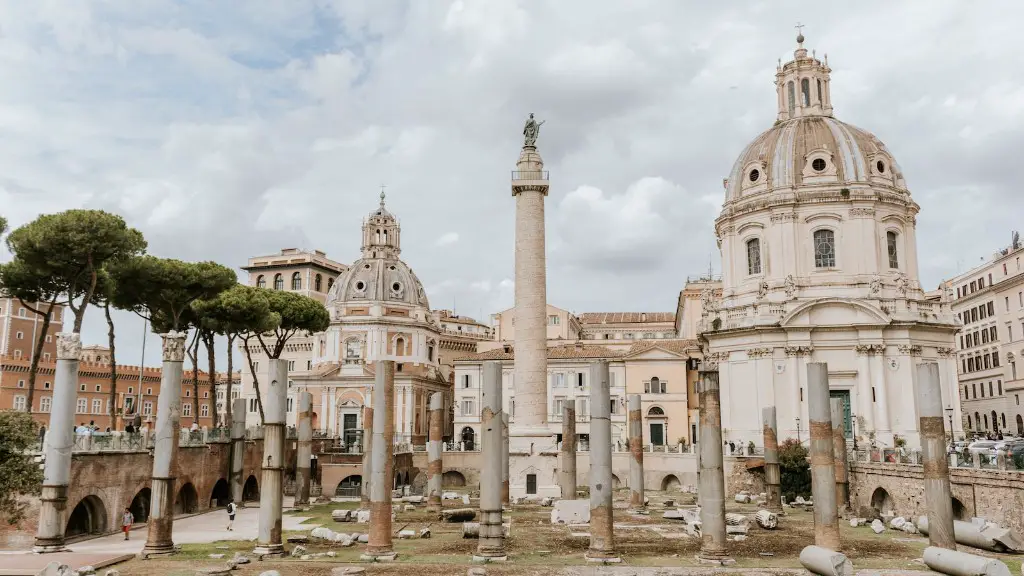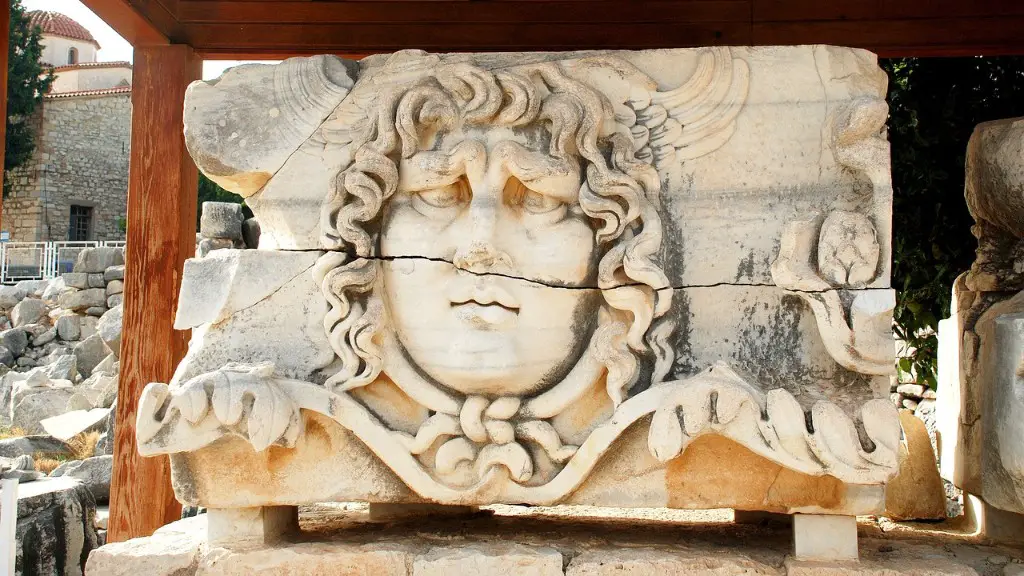Educational System
Education of children was a priority for the Romans, who wanted to preserve their culture through upbringing. The educational system distinguished between the elite and the masses, as it was a hierarchy—the haves, who had resources to send their children to school, were educated differently than the have-nots. In most cases, the have-nots resorted to learning by apprenticeship, while, the elites of Rome’s oldest aristocratic families sent their children to school.
At school, Roman children—boys and girls—were taught reading and writing, which was done mostly with the aid of wax tablets. These tablets were a combination of a writing instrument and a chalkboard, as the wax could be moulded and reused. The Roman education system evolved from Greek models, which focused on the study of rhetoric, grammar, philosophy, and literature. Romans were also taught poetry, history, and literature. This gave Roman children a great base knowledge of culture, history, and language that they built upon.
The elite youth had tutors assigned to them who taught them music and proper, polished society behaviour. Boys also typically had ‘sports tutors’ who kept them fit and agile and taught them the necessary skills of warfare. Most girls, and boys of lower social classes studied at home with their Mothers, who kept them up to date on the preparation of food, medicinal remedies and other domestic duties.
At the age of 16, Roman children usually started to work, so there wasn’t a great emphasis on formal education, but it did exist. Vocational training was also important and included apprenticeships for leather working, stonecutting, and blacksmithing, as well as inheriting businesses. Slaves were also taught certain skills and professions.
Basiques of Education
Apart from basic educational advantages, the richer classes were expected to go on to higher education at a public school called “ludus.” This was a school-like environment where the rich classes studied and received the higher education the elite class was expected to have. This was one of the common destinations for the children of the elite classes. Rich children might also enrol in a school kept by an ageing philosopher/teacher, who would have a great many talented students who in turn would become important people in the late Republic.
In addition to the ludus and the philosopher-schools, richer children were sent to Athens to study. This was already common practice in the time of Augustus and became the route of the educated elite of Rome. They studied in the rhetoricians in Greece and eventually came home with the knowledge of Greek poetry, philosophy, oratory and drama. Notable people who followed this route were Cicero and Julius Caesar.
The same educational concepts applied to girls, to a lesser extent. In wealthier households, girls were taught by their mother or nurse, or by male relatives. The education was mostly domestic in nature and the female students focused more on religious and moral rites, weaving, and the keeping of a household.
Significance of Education
The Roman education system, like most other aspects of Roman civilization, was greatly influenced by the Greeks whom they admired greatly. The role of the teacher was also respected, and they were usually salaried individuals who had to register with special educational guilds. The teacher stood in authority, and the pupils were expected to remember what they were taught and be prepared to pass any test given to them.
Children were expected to understand the importance of getting an education, and the thought prevailed that it should not just be a privilege of the rich but of all. Education was seen as the key of human development, constituted by moral and physical training and intellectual culture. And, as the Romans believed that their most important job was to continue their dynasty, education was imperative.
Education gave Roman children an advantage in their adult lives, as knowledge was a key component to success in the Roman world. Roman children and youths were taught a great deal of information and knowledge about the world, and this knowledge could be applied in a variety of ways in their adult lives.
Child Labour
Children living in families of the lower classes were sometimes sent to factory workplaces and even in corn mills, where they toiled for hours on a daily basis. Not all of the Roman homes, however, were so strict as to send their children out to work when they reached adulthood. Some homes kept their children in school until they were of age and then released them into the workforce.
This type of education offered to children of the lower classes was however limited––while some children were fortunate to have the chance to learn basic skills in reading and writing, others were simply thrown into the hard labor workforce with little or no education. As a result, these children would remain in these jobs until adulthood, unable to better the economic contradictions of their social class.
Achievements
Despite the fact that there was a great disparity between the haves and the have-nots in the educational system, Roman children learned a great deal from their teachers and were able to gain valuable knowledge and skills. Despite the differences in the educational system, Roman children achieved great success in their academic lives. Notable Roman scholars and writers such as Catullus, Lucretius, Virgil, Cicero, Pliny the Younger, and Seneca all emerged as a result of the Roman educational system.
The Roman system also gave children the opportunity to learn Latin, as this language was critical for a successful career. While it’s debatable if children back then had access to other forms of education, the Roman system still gave its children the opportunity to learn and pursue a profession of their choosing.
Legacy
Despite the barrier between the haves and have-nots, the Roman educational system has left a profound and lasting legacy. The difference between the upper and lower classes meant that the education system was tailored specifically for the wealthy aristocratic class, but it still helped propel students such as Virgil, Cicero, and Seneca to greatness.
The moral and social teachings that originate in Rome have lasted throughout the centuries since and still throw an impact of the educational systems used today. Roman education remains an interesting field of study and much can be learned from it today, even if we only look at the fanciful stories the Romans left us as learning materials.
Concept and Influence
Roman education was more than a collection of teaching materials. It provided concepts of social and moral norms that could be applied in everyday life. The importance of morality, honesty and justice were all important aspects that Roman children and adults were expected to uphold. Roman education also heavily emphasized the concept of “civitas” or the act of civic involvement—something that continues to be relevant today and connects the Roman world to our modern one.
Roman education had a lasting influence on the world for centuries to come, and its concepts are still relevant today. It opened up the field of education to many who had otherwise had no access to education, and provided a foundation for the future of education in Europe.
Conclusion
The Roman education system was an important part of Roman history and culture, and the legacy of Roman education can still be seen in many aspects of modern education. Roman children were taught different skills according to their social class, but all of them were expected to remember what they were taught, uphold their values and be active citizens.
